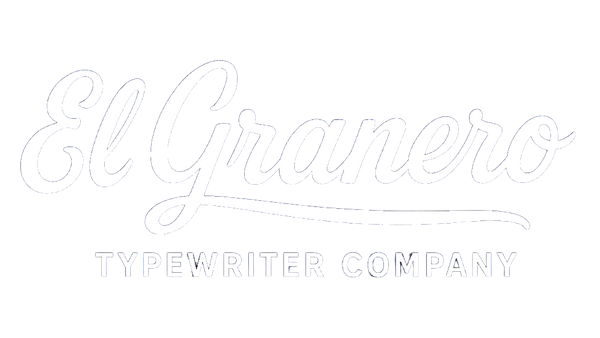
The Spanish QWERTY (Ñ) Keyboard Layout
Share

Unlocking the Power of Ñ
Ever tried typing in Spanish only to get stuck searching for “ñ” or the right accent mark?
If you’re used to an English QWERTY keyboard, this can be a real pain. But here’s the good news—there’s a keyboard layout made just for Spanish! The QWERTY Spanish keyboard layout includes dedicated keys for ñ, accented vowels, and inverted punctuation, making fluent Spanish typing easier than ever.
Yes, You Can Still Type in English!



That’s right—you won’t lose English typing functionality. The Spanish layout keeps the familiar QWERTY base while giving you fast access to the special characters Spanish requires.
What Makes the Spanish QWERTY Keyboard Layout Different?
At first glance, it looks just like a standard keyboard. But take a closer look—these subtle differences are designed to support accurate Spanish writing.
1. The Ñ Key: A Must-Have for Spanish
The ñ is a completely separate letter in Spanish, not just a fancy “n.” Typing “año” (year) without the ñ turns it into “ano”… which is not the same thing.
On the Spanish keyboard, the ñ key is right next to the “L.” Just type away—no more copy-pasting or memorizing shortcuts.

2. Accented Vowels (á, é, í, ó, ú)
Accent marks in Spanish change how a word is pronounced—and sometimes its meaning.
With the Spanish QWERTY layout, just hit the ´ (accent) key (usually next to the “P”) and then the vowel. That’s it!
3. Inverted Punctuation (¿ and ¡)
Spanish uses ¿ and ¡ to start questions and exclamations.
On this layout, the ¿ typically shares a key with “+”, and ¡ is often on the same key as “1”.
One tap, and you’re speaking the language like a native.
4. Other Useful Characters
You’ll also find characters like ç (common in Catalan) and other punctuation needed for formal or regional writing.
Why Use the QWERTY Spanish Keyboard?

It’s not just for native Spanish speakers. Anyone who types in both English and Spanish can benefit from switching.
Improve Accuracy
Missed accents and incorrect characters can totally change the meaning of a word—“si” (if) vs “sí” (yes) is just one example.
With this layout, you can avoid embarrassing mistakes and write with confidence.
Easy Switching Between Languages
You don’t have to re-learn typing.
Since it's still based on QWERTY, transitioning between English and Spanish is natural and intuitive.
Perfect for Bilingual Users
If you regularly type in both languages, the Spanish layout is a perfect hybrid—no compromises, just convenience.
Pro Tip: Using a Vintage Spanish Typewriter?
If you're into retro tech, you can find Spanish-layout typewriters from classic brands like Olivetti or Underwood. It may take some hunting, but they’re out there!
Final Thoughts: Should You Switch?
If you write in Spanish often—whether for work, school, or personal projects—the QWERTY Spanish keyboard layout is a smart upgrade. It boosts productivity, improves accuracy, and works just as well for English.
Tiny change, huge payoff.
Start typing with flow in both languages.







